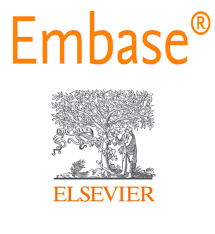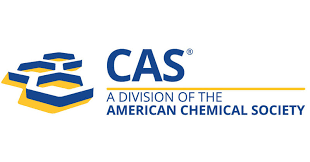FUNCTIONAL OUTCOME OF OPEN REDUCTION AND INTERNAL FIXATION WITH LATERAL DISTAL FEMORAL LOCKING PLATE IN SUPRACONDYLAR FEMUR FRACTURES IN A TERTIARY CARE CENTRE
Keywords:
Supracondylar femur fracture, lateral distal femoral locking plate, Neer’s scoring system of knee, functional outcome, radiological unionAbstract
The supracondylar region of the femur, located between the femoral condyles and the
metaphysis, is a critical area for fractures. These fractures, which often occur in
elderly individuals or younger patients with multiple injuries, are commonly caused
by axial loading combined with forces like varus, valgus, or rotation. Supracondylar
fractures account for 3-6% of femoral fractures and less than 1% of all fractures, with
high-velocity trauma being a typical cause in younger patients and minor trauma in
the elderly. The gastrocnemius muscle's pull can cause the distal fragment to tilt,
while muscle traction can lead to limb shortening.
Historically, nonoperative treatments like traction and cast bracing were more
effective than surgery, but with the development of advanced internal fixation
systems, surgical treatments became preferred. Modern surgical approaches aim to
restore the anatomic alignment of the femur, provide stable fixation, and enable early
rehabilitation. The distal femoral locking compression plate is commonly used for
these fractures, offering flexibility and stability with locking and compression
screws.
The study's aim is to assess the functional outcomes of patients undergoing open
reduction and internal fixation with distal femoral locking plates for supracondylar
femur fractures. Key factors such as postoperative function, pain relief, limb
alignment, and rehabilitation success will be evaluated to understand the
effectiveness of this surgical technique and its impact on patients' quality of life.
38 adult patients with radiologically diagnosed supracondylar femur fractures
participated in this hospital based cross-sectional study of 12 months duration. After
all the baseline screening procedures, patients were taken up for the surgery (distal
femoral locking plate fixation). Risk factors associated, and intraoperative and
postoperative complications were assessed. Follow up examination was done at 14th
day, after 6 weeks, 3 months. Patients were assessed functionally based on NEER’S
SCORING SYSTEM OF KNEE and radiologically with full length femur X rays AP
and lateral views. Data were statistically analysed.
Statistically significant difference in improvement of score was noted on follow up
through 14 days, 6 weeks and 3 months following surgery.
This study demonstrates that lateral distal femoral locking plate fixation is an
effective treatment for supracondylar femur fractures, providing favorable functional
outcomes and high rates of radiological union
.png)









